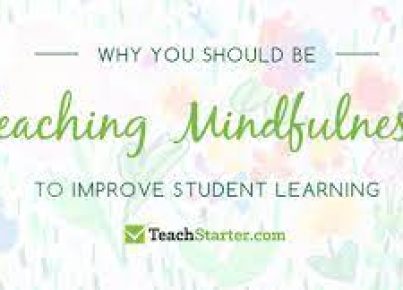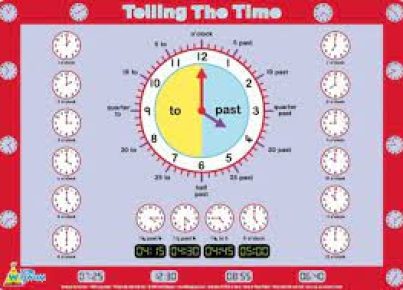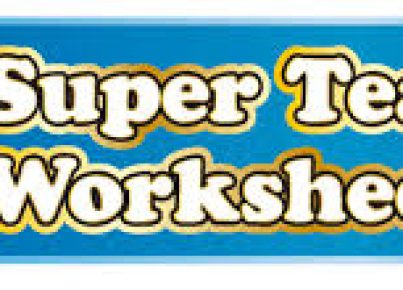Guided reading sessions are an instrumental part of literacy instruction in many classrooms. These sessions help teachers tailor instruction to meet the individual needs of each student, monitoring progress and facilitating growth in reading skills. To conduct organized and effective guided reading sessions, educators often use folder templates and checklists to stay organized and track the progress of each student. In this article, we will explore what guided reading folder templates and checklists typically include, and how they can be used to maximize the benefits of guided reading sessions.
A guided reading folder template is typically a pre-arranged document or a set of documents where information about the guided reading session is recorded. This can include a variety of components depending on the teacher’s preferences and the needs of the students. Common elements found in guided reading folder templates include:
1. Student Information: This section includes details such as the student’s name, level, strengths, challenges, and goals.
2. Group Information: For teachers who organize their students into reading groups based on skill level or needs, this area lists group assignments and allows for changes to be made as students progress.
3. Reading Logs: Records of each book read by the student in the guided setting along with dates and notes on student performance or observations during the read.
4. Anecdotal Notes: Space for making informal observations about a student’s reading behaviors, comprehension, fluency, or any other notable aspects during the session.
5. Assessment Records: This part holds formal records from running records or other assessment tools used to measure students’ progress over time.
6. Session Plans: Outlines for each guided reading session noting objectives, book titles, vocabulary focus, comprehension questions, and follow-up activities.
7. Strategy Checklist: A list of reading strategies that students are learning to employ. Teachers can note when a student successfully uses a strategy during their reading.
8. Follow-up Task List: Assignments or activities for students to complete after their guided session that reiterate or extend learning from the book or passage they read.
9. Communication Logs: Notes on communication with parents regarding their child’s progress or areas where additional support at home can be beneficial.
Checklists are an invaluable tool within these templates as they allow educators to quickly reference what areas they need to address with each student. They can track whether certain books or materials have been used with a child, if a specific instructional focus has been covered, or if there has been communication with parents regarding progress.
Integrating these tools into daily classroom routines helps create consistency in instructional methods while also providing clear records that demonstrate how instruction is tailored to individual student needs. Guided reading folders enable a focused approach during small-group instruction times while also fostering a collaborative environment where students can receive personalized support based on ongoing assessments documented within these folders.
Educators looking for effective ways to implement guided reading sessions should consider creating their own folder templates or look for customizable options online that can fit their specific classroomdynamics. Similarly designed checklists should accompany these templates to ensure completeness in documenting all necessary aspects of the guided reading process.
By utilizing structured folder templates and comprehensive checklists throughout their guided reading program, teachers can enhance their literacy instruction and foster greater success among their students as readers.





